See Now in Paris: Two Epic Art Exhibitions
- SUBSCRIBE
- ALREADY SUBSCRIBED?
BECOME A BONJOUR PARIS MEMBER
Gain full access to our collection of over 5,000 articles and bring the City of Light into your life. Just 60 USD per year.
Find out why you should become a member here.
Sign in
Fill in your credentials below.
A major exhibition explores Samuel Courtauld’s role as one of the great art collectors of the twentieth century. Don’t miss this extraordinary collection.
The Courtauld Collection at Fondation Louis Vuitton
Samuel Courtauld (1876-1947) had strong ties with France: of Huguenot origin, his family came from the Île d’Oléron on the Atlantic coast of France and emigrated to London in the late 17th century. His ancestors were silversmiths and later silk producers.
In the early 20th century the development of viscose, a revolutionary synthetic fibre sometimes called ‘artificial silk’, turned the family business into one of the largest textile manufacturers in the world.
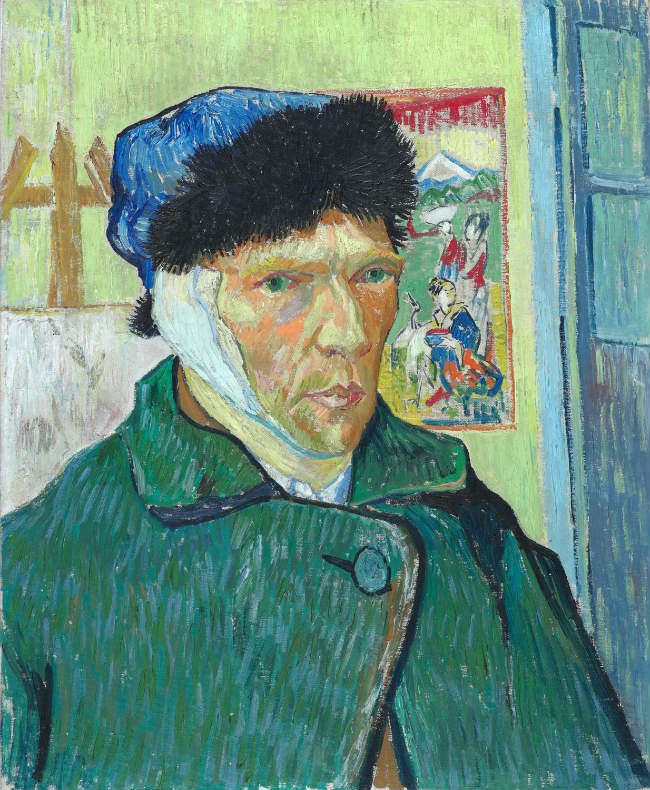
Vincent Van Gogh, Self-Portrait with bandaged ear 1889, The Courtauld Gallery, (Samuel Courtauld Trust)
Educated at Rugby School in the UK, Courtauld then went to Germany and France to study textile technology. In 1901, he became director of one of the factories (Halstead, Essex) then, in 1908, CEO of Courtauld Ltd.
When he became chairman of the company in 1921 he frequently returned to Paris to buy Impressionist works of art from French dealers with his wife Elizabeth, who shared his passion.
In 1933, for services to the arts, Courtauld was dubbed Chevalier de la Légion d’Honneur and, after his death in 1945, the Orangerie Museum staged a commemorative exhibition of his incredible collection in 1955 – the last time many of the works were seen in Paris.

Edouard Manet, A Bar at the Folies Bergère, 1882, The Courtauld Gallery, London (Samuel Courtauld Trust)
Displayed throughout seven rooms at the Fondation Louis Vuitton, you can get up close and personal with amazing masterpieces. Admire the likes of Van Gogh’s “Self-Portrait with Bandaged Ear,” Cézanne’s “The Card Players,” Monet’s “Gare Saint Lazare,” Gauguin’s “Nevermore,” Renoir’s “La Loge”, Degas’ “After the Bath,” and Seurat’s “Female Nude.” A particular favorite, to which Courtauld dedicated a poem, is Manet’s “A Bar at the Folies Bergère,” pictured on the poster for the exhibition, and the cover of the 346-page catalogue cover (yours for €45).
The exhibition – about 100 works – is possible due to a multiyear £50 million refurbishment project of The Courtauld Gallery, Somerset House, London and it travels to Japan in June.

Georges Seura, The Bridge at Courbevoie, around 1886-1887, The Courtauld Gallery, London, (Samuel Courtauld Trust)
“These works brought fresh and exciting winds of bold modernity to the conservative England of the 1920s. I am extremely proud to welcome the collection to the Fondation Louis Vuitton,” says Bernard Arnault, President of LVMH/Moët Hennessy Louis Vuitton and President of the Fondation Louis Vuitton.
Where to Eat: On the sunny terrace, or under Frank Gehry’s glass “Fish Lamp” (2014) at the Fondation’s LE FRANK restaurant, helmed by Michelin star chef Jean-Louis Nomicos.
Fondation Louis Vuitton, 8, avenue Mahatma Gandhi, Bois de Boulogne, 16th
Closed Tuesdays
Tel: +33 (0)1 40 69 96 00
Metro: Les Sablons
Or take the museum’s electric shuttle bus from the top of Avenue Friedland (Price round-trip €2).
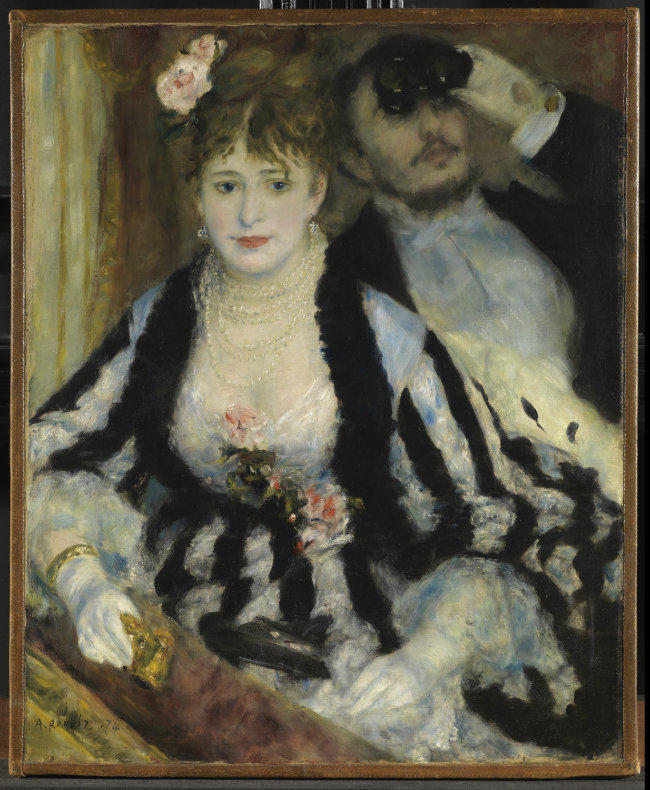
Pierre-August Renoir, La Loge, 1874, The Courtauld Gallery, London, (Samuel Courtauld Trust)
A meeting of two remarkable men
Calder – Picasso at Musée National Picasso-Paris
Alexander Calder (1898-1976) and Pablo Picasso (1898-1976) – two iconic figures of 20th century art – innovated entirely new ways to perceive grand themes. While the resonances between them are filled with endless possibilities, a key connection is their exploration of the void, or absence of space, which both artists defined from the figure through to abstraction.
When Picasso met Calder on April 27th, 1931, it was for the opening of Calder’s exhibition at Galerie Percier (21 rue de la Boetie, Paris, 8th). “Volumes-Vecteurs-Densités-Portraits” was the premier viewing of Calder’s non-objective sculpture. Two works exhibited at this show – “Croisière” and “Sphérique” – are included in the current exhibition, showcased in the handsome 17th century Hôtel Salé that houses the Musée Picasso.

Pablo Picasso, Nu couché, Boisgeloup, April 4, 1932, Oil on canvas, 51 1/5″ x 63 3/4″, Musée national Picasso-Paris, Dation of the Estate of the Artist, 1979 © RMN-Grand Palais / Adrien Didierjean © Succession Picasso 2019
“Each time I begin a painting, I have the feeling of leaping into the void. I never know whether I’ll land on my feet. Only later do I evaluate more exactly the effect of my work,” said Picasso. Never at a loss for words, he once said “I’m the greatest collector of Picassos in the world”.
Calder externalized the void through curiosity and intellectual expansion, engaging unseen forces in ways that challenge dimensional limitations, or what he called -grandeur-immense.

Alexander Calder, La Grande vitesse (1:5 intermediate maquette), 1969, Sheet metal, bolts, and paint, 102″ x 135″ x 93″, Calder Foundation, New York
© 2019 Calder Foundation, New York / ADAGP, Paris
Picasso personalized the exploration, focusing on the emotional inner self. He brought himself inside each character and collapsed the interpersonal space between author and subject.
The Musée Picasso exhibition comprises approximately 120 works that explore how these two artists – each in his own very different way – engaged with the void and all it implies – a world where mass is unsettled by the absence of mass and where, at the center of anything and everything, what we discover is a vacuum.
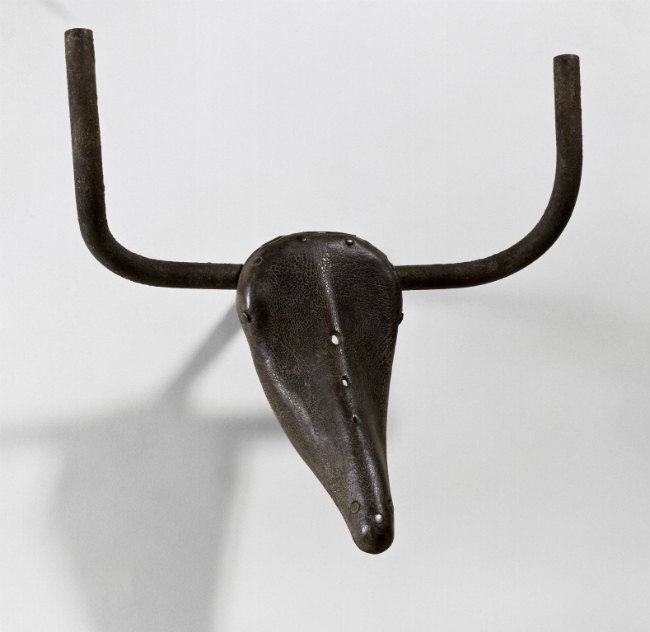
Pablo Picasso, Tête de taureau, Spring 1942, Original elements: leather and metal saddle and handlebar, 13″ x 17″ x 7 3/4″, Musée national Picasso-Paris, Dation of the Estate of the Artist, 1979, © RMN-Grand Palais / Béatrice Hatala, © Succession Picasso 2019
“Calder-Picasso” is organized in partnership with the Calder Foundation, New York, and the Fundación Almine y Bernard Ruiz-Picasso para el Arte (FABA). It is a coproduction with the Museo Picasso Málaga where it will be held from September 24, 2019, to February 2, 2020.
Where to Eat:
With a nod and a wink to Picasso’s Spanish origins dish-of-the-day, charcuterie. And, with Calder in mind ….salads, sandwiches and Angelina pastries.
Le Café sur le Toit, Musée Picasso, Tel: +33 (0)1 44 61 79 19
Until 25th August, 2019 at the Picasso Museum
5 rue de Thorigny, 3rd.
Metro: Saint Paul/Chemin Vert
Tel: +33 (0)1 85 56 00 36
Closed Mondays
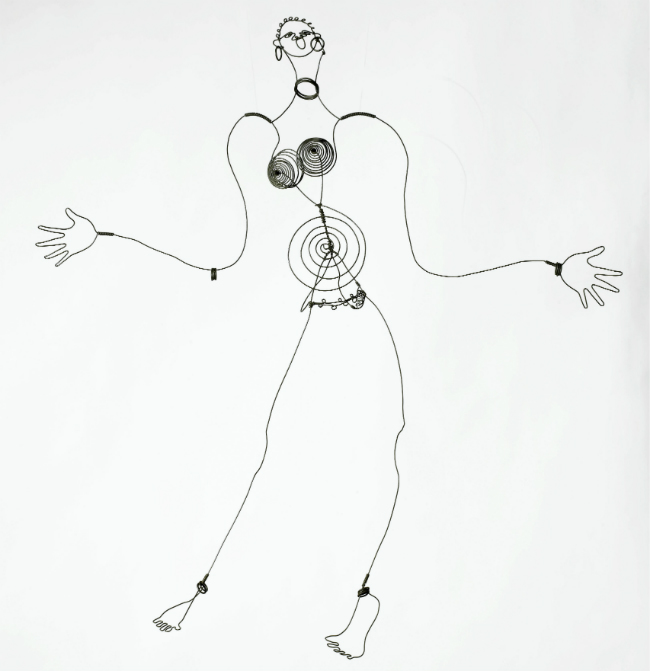
Alexander Calder, Joséphine Baker IV, c. 1928, Steel wire, 39 3/4″ x 33″ x 8 1/4″, Centre Pompidou, Musée national d’art moderne, Paris Gift of the artist, 1966. © 2019 Calder Foundation, New York / ADAGP, Paris
Lead photo credit : Paul Cezanne, The Card Players, around 1892-1896, The Courtauld Gallery, London (Samuel Courtauld Trust)
More in Calder, Courtauld Collection, Fondation Louis Vuitton, picasso, Picasso Museum
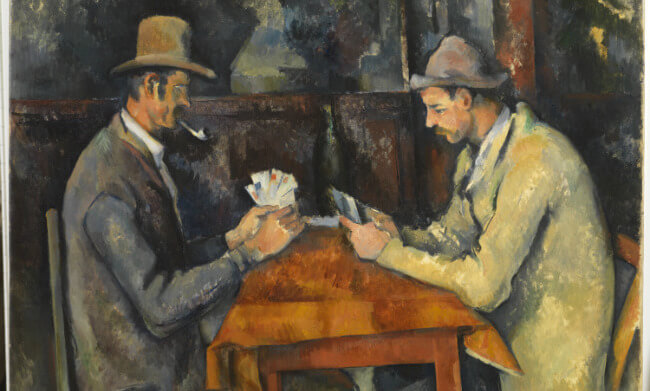
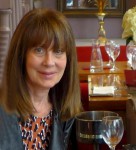



REPLY
REPLY